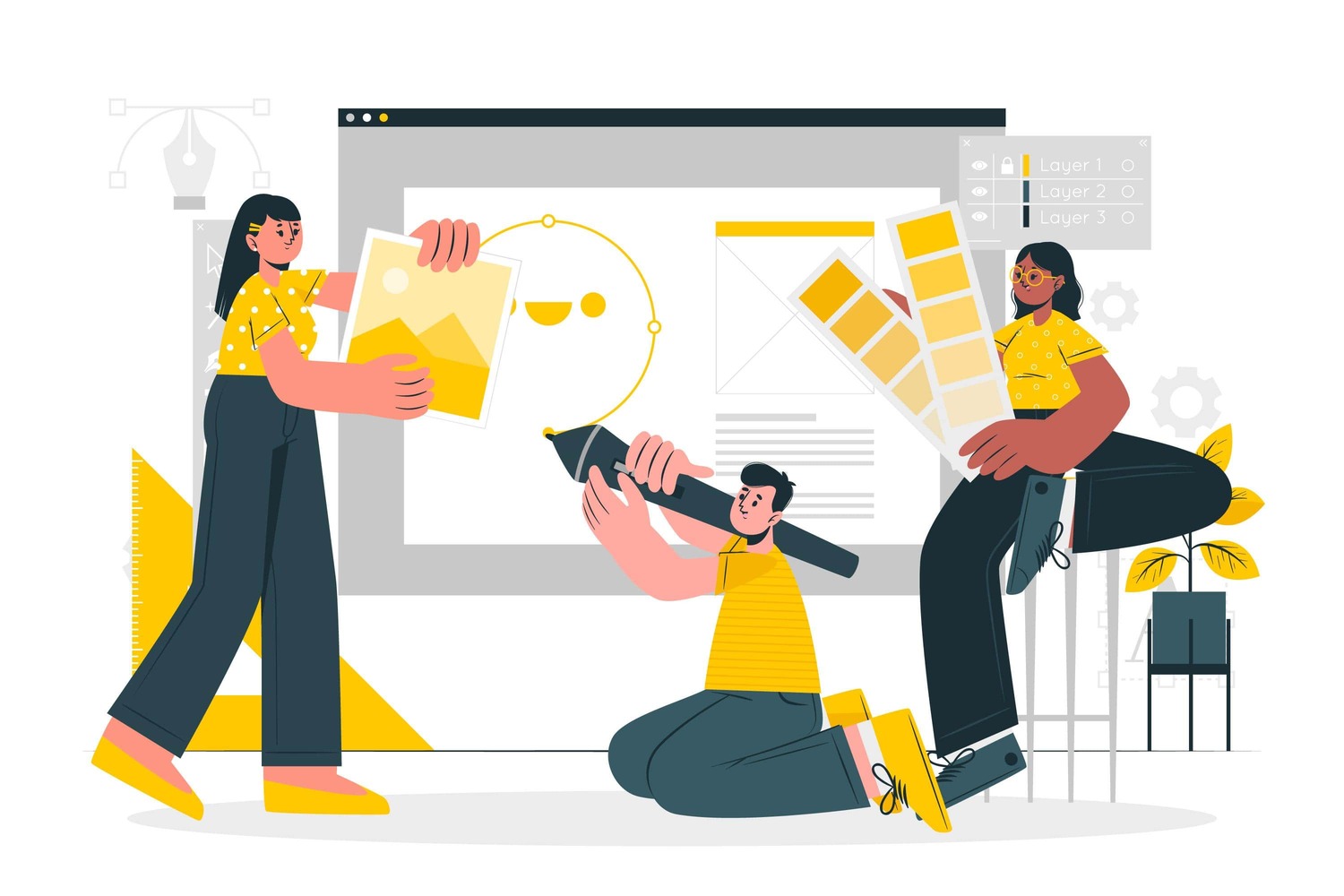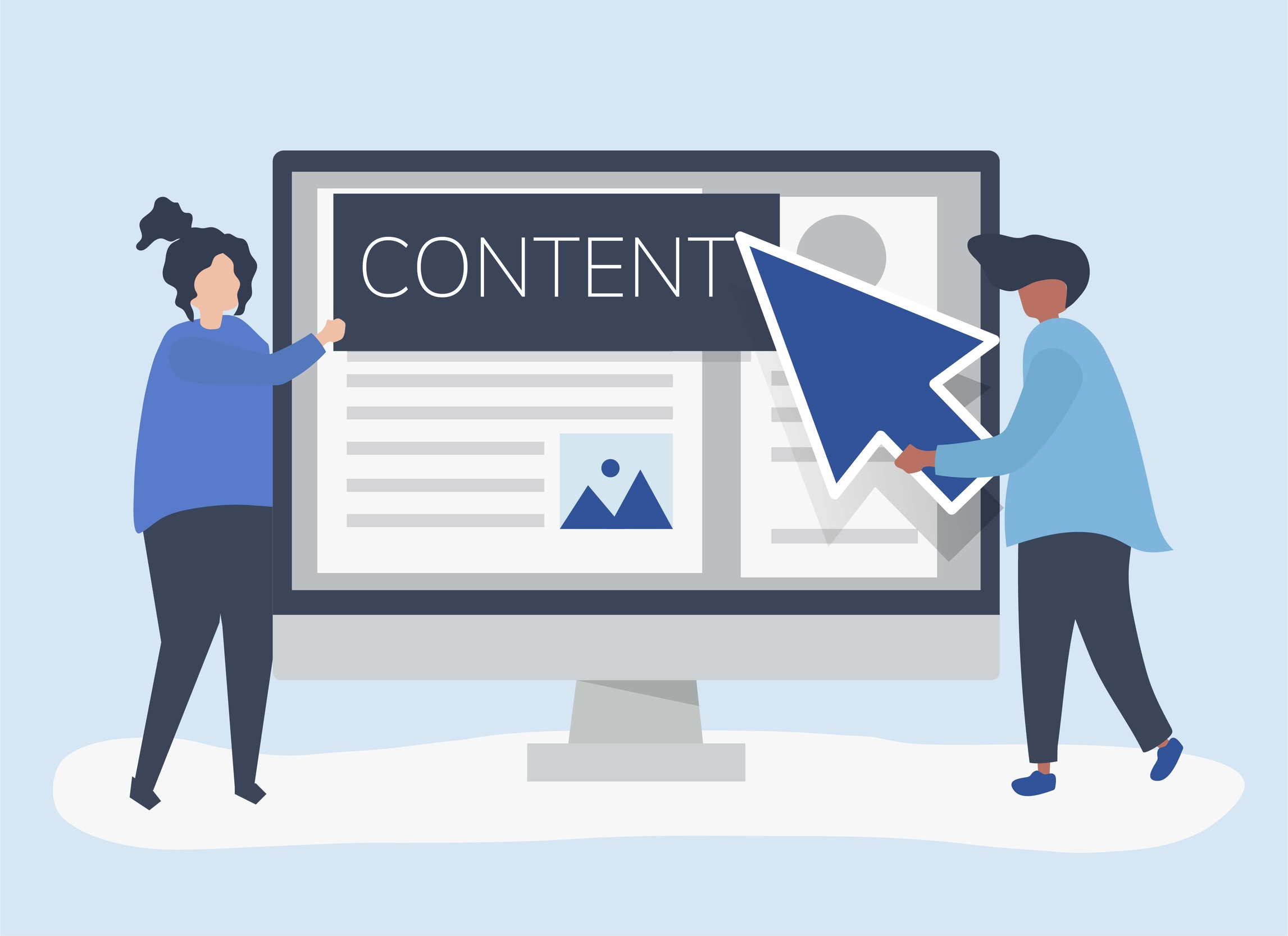Website Design: The Key to Increasing Conversion Rate and Business Success
Marketing and Advertising

 2065
2065 
Website Design: The Key to Increasing Conversion Rate and Business Success
In today's digital world, a remarkable online presence is an existential necessity for any business that wants to stand out, reach wide audiences, and generate results. But beyond basic functionality, your website is primarily a marketing tool aimed at converting casual visitors into paying customers. Welcome to the world of Conversion Rate - the ratio between the number of visitors to the site and the number of desired actions (purchase, contact, registration, etc.) they actually perform. This parameter is one of the most important metrics for the success of a website and overall business health. So what actually affects the conversion rate? What design elements will motivate more visitors to click on the “Purchase” or “Contact” button?
In this article, we will delve into the depths of user experience psychology and reveal a variety of practical tips and field examples for creating a converting design that improves the business performance of the website.
The first impression matters. Internet users are impatient beings with limited attention spans. Research shows that it takes about 0.05 seconds for a user to form an opinion about a website and decide whether to stay or move on. How can you capture their attention and convince them they’ve arrived at the right place in such a short time? Here are some critical highlights:
- Design tailored to the target audience: Even before choosing colors and fonts, it’s essential to deeply understand the characteristics, needs, and expectations of potential customers. A design that appeals to teenagers will not suit adults, and vice versa. Tailor the look and messaging precisely to the desired market segment.
- Clean, inviting, and visually pleasing: Less is more. An overloaded, overly colorful, or messy design will turn users away within seconds. Ensure an airy and focused appearance that conveys professionalism and trustworthiness. A moderate amount of visual elements and clean lines will work wonders.
- Highlighting the business’s core beliefs and uniqueness: From the homepage, visitors should quickly understand what you do, how you differ, and what added value you offer them. Incorporate an attractive headline and a catchy slogan that describe your promise in a focused manner.
- Powerful images and media: Humans are visual beings and tend to be influenced by appearance before text. Be sure to use high-quality images, videos, and icons that convey emotion and intuitively connect the visitor to your content world.
- Creating trust and credibility: It’s important to convey from the early stages of browsing that your brand is trustworthy, professional, and deserving of trust. Displaying logos of leading clients, reviews from satisfied users, or awards and certificates of appreciation can immediately strengthen credibility upon entering the site.
Call to action at key points. One of the primary roles of website design is to lead the user, step by step, to perform the desired action - usually clicking the CTA (Call to Action) button. The overarching goal is to create an effective “conversion funnel” that directs attention and takes advantage of every opportunity to close a deal. How do you do this correctly?
- Prominent and focused CTA buttons: Avoid clutter and confusion from too many buttons or options on a single screen. Choose one central action you want the user to take on each page and design a large, colorful, eye-catching button that stands out against other elements.
- Hierarchical layout and natural flow: Arrange the content and graphic elements in a way that attracts the eye and creates a continuous flow from top to bottom and left to right. Emphasize headlines with varying weights, use airy spacing and margins, and place the CTA at natural peak points on the screen.
- The F-rule: Eye tracking studies show that most users scan web pages in an F-shaped pattern - first a top line, then jumping downwards. Use this information to position your important messages and central CTA towards the top of the page.
- The “distance to action” principle: The fewer actions (clicks, form field entries, scrolling, etc.) the user needs to take to reach their goal, the greater the likelihood they will do it. Reduce the number of steps and screens in the conversion process and make it as short and intuitive as possible.
- Urgency and FOMO: Adding visual elements like countdown timers for ending promotions, limited inventory, or a dynamic button showing real-time purchases creates a sense of urgency and positive pressure for quick action. The “fear of missing out” (FOMO) effect is a powerful design tool for conversion.
Responsive Design in the mobile era. Today, more and more users access websites from mobile devices such as smartphones and tablets. If your design is not well-suited for smaller screens, you will simply lose most of the traffic and miss significant conversion opportunities. So what needs to be done?
- Responsive design - a website with responsive design automatically adjusts its layout and appearance to optimally fit the size and resolution of the device screen being viewed. This means an excellent user experience across every platform, with no need to develop multiple versions.
- Mobile-optimized content - in addition to technical adjustments, the content and messaging also need to be relevant to mobile audiences. Concise texts, appealing headlines, particularly striking images, and visual highlights of key benefits are all essential in the mobile world.
- Touch screen usability - fingers are not mice. Ensure that interactive elements on the site (buttons, text entry fields, drop-down menus, etc.) are sufficiently large to be clicked easily. Maintain generous spacing between items to prevent erroneous clicks.
- Loading speed optimization - studies show that 40% of users will abandon a site that takes more than 3 seconds to load on mobile. Invest in fast servers, reduce the weight of images and videos, and avoid heavy and complex animations. Every second is critical!
- Mobile-first approach - in recent years, more and more designers are adopting a strategy of designing for smaller screens first and only then adapting for desktop computers. A reverse logic from what is traditional but sensible in a world where smartphones have become the main gateway to the internet.
Field examples. Need some inspiration? Here are a few Israeli websites that wonderfully illustrate the principles we discussed:
A. BUYME – Simplicity is the name of the game. With a prominent red CTA, one focal point, and lots of “air” on the page, you cannot miss the message. One screen, guaranteed conversion.
B. Groupon – A dynamic coupon page emphasizing visual urgency through timers and limited stock details. With one click, the user is enchanted by the allure of deals. Genius.
C. Outbrain – A “classic” landing page that combines an intriguing headline, 3 key benefits, informative icons, and a catchy CTA button. Achieves the goal with minimal words.
D. Driver – The travel app demonstrates simple and elegant responsive design, perfectly tailored for use on a small touch screen. All the critical information is immediately accessible and invites interaction.
E. Strauss’s “The Studio” – Excellent at stimulating powerful visuals. Thoughtful use of stunning food images, with lots of breathing space, creates a “wow effect” and a desire to discover more.
In conclusion, focused conversion website design is much more than just “aesthetics.” It is a strategic tool for improving the conversion rate and business performance that stands at the core of digital marketing. Whether it is a corporate website, an online shop, or a landing page, investing in an optimal user experience, focused on needs and acting on human intuition, will quickly prove itself in the bottom line.




